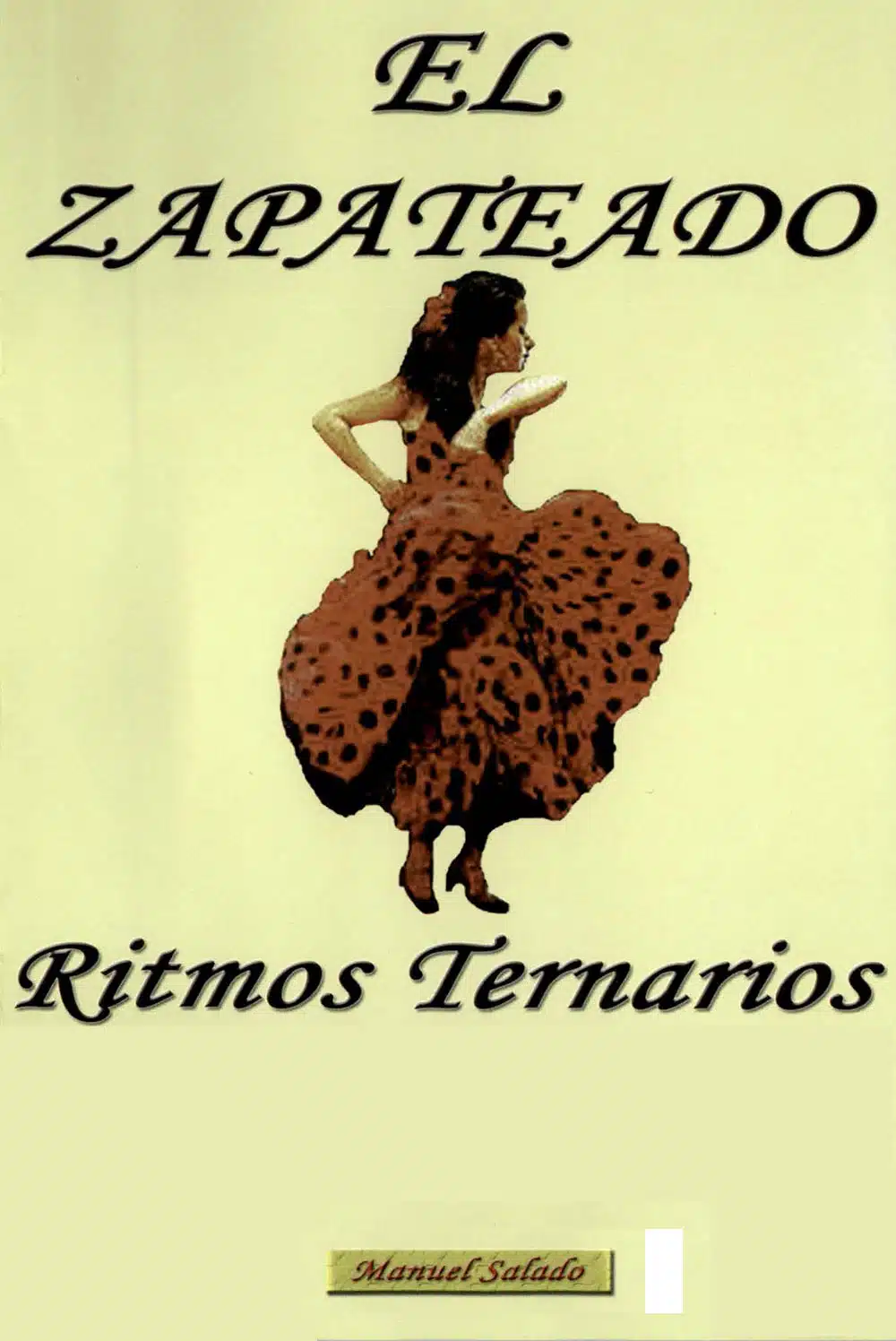Description
In this work, Manuel Salado explores the Zapateado technique for Ternary Rhythms including exercises of:
Double “Remates”
Double “Cierres”, closings
“Escobillas”
Spanish, English, and Japanese
In flamenco, ternary rhythms are characterized by having measures of three beats or structures organized in ternary subdivisions. These rhythms are fundamental in many of the flamenco palos (styles). Some notable examples are:
- Soleá: It has a 12-beat measure with characteristic accents on beats 3, 6, 8, 10, and 12. While it’s a compound measure, its ternary base is evident in its rhythmic flow.
- Alegrías: Another style with a 12-beat measure. The accents follow a pattern similar to the soleá but with a more festive and light-hearted character.
- Fandango: Typically structured in a 3-beat measure, showcasing a clear ternary base.
- Bulerías: Perhaps the most famous ternary rhythm. It also has a 12-beat measure, but it’s highly flexible, fast-paced, and allows for great rhythmic improvisation.





Reviews
There are no reviews yet.